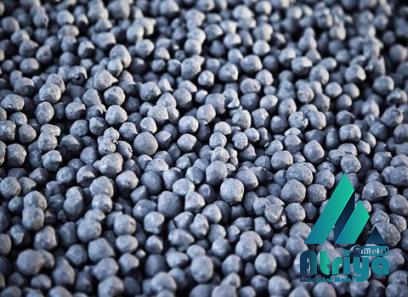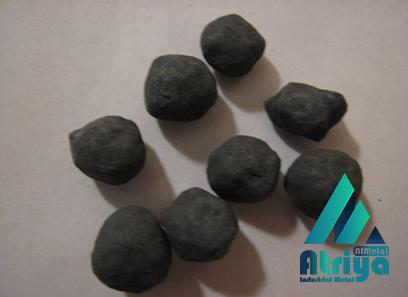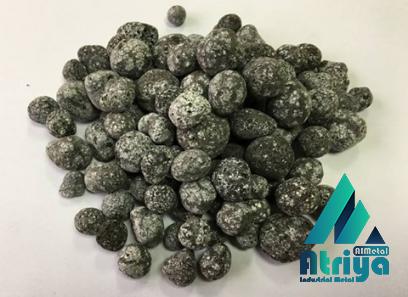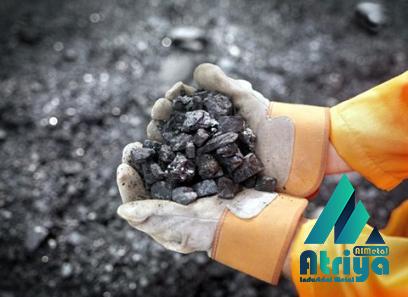Sponge iron specification refers to the specific characteristics and requirements of sponge iron, also known as direct reduced iron (DRI). Sponge iron is a highly versatile and valuable product that serves as a crucial input in various manufacturing processes, especially in the steel industry. It is produced by reducing iron ore in the form of pellets or lumps through a direct reduction process. One of the important aspects of sponge iron specification is its chemical composition. The composition of sponge iron largely depends on the quality of the iron ore used in the reduction process. Typically, sponge iron has a high iron content of around 90-95%, with minimal impurities. The precise chemical composition is often determined by the specific requirements of the end-users, such as steel mills. The physical properties of sponge iron are also crucial in determining its quality.

.
 Density is a significant specification in sponge iron, which typically ranges from 2.3 to 2.8 grams per cubic centimeter. The higher the density, the better the quality of the sponge iron. Another important consideration in sponge iron specification is its metallization degree. Metallization refers to the percentage of iron in the reduced iron that is fully metallized and available for subsequent use. Typically, sponge iron has a metallization degree of around 90-95%. Higher metallization degrees are desirable as they indicate a more efficient reduction process. In terms of mechanical strength, sponge iron should have adequate strength to withstand handling, transportation, and application in various manufacturing processes. The compressive strength of sponge iron is one of the key specifications, and it is typically measured in kilograms per square centimeter (kg/cm²).
Density is a significant specification in sponge iron, which typically ranges from 2.3 to 2.8 grams per cubic centimeter. The higher the density, the better the quality of the sponge iron. Another important consideration in sponge iron specification is its metallization degree. Metallization refers to the percentage of iron in the reduced iron that is fully metallized and available for subsequent use. Typically, sponge iron has a metallization degree of around 90-95%. Higher metallization degrees are desirable as they indicate a more efficient reduction process. In terms of mechanical strength, sponge iron should have adequate strength to withstand handling, transportation, and application in various manufacturing processes. The compressive strength of sponge iron is one of the key specifications, and it is typically measured in kilograms per square centimeter (kg/cm²).
..
 Higher compressive strength ensures that sponge iron can withstand the stresses and pressures it may encounter during its use. Sponge iron specification also includes the size and shape of the product. Sponge iron is typically available in the form of briquettes or pellets. The size and shape of these briquettes or pellets can vary based on customer requirements and the specific application. Uniformity in size and shape is essential to ensure consistency in handling and application. In addition to these specifications, other factors like moisture content, carbon content, sulfur content, and gangue content may also be considered depending on the specific requirements of the end-users.
Higher compressive strength ensures that sponge iron can withstand the stresses and pressures it may encounter during its use. Sponge iron specification also includes the size and shape of the product. Sponge iron is typically available in the form of briquettes or pellets. The size and shape of these briquettes or pellets can vary based on customer requirements and the specific application. Uniformity in size and shape is essential to ensure consistency in handling and application. In addition to these specifications, other factors like moisture content, carbon content, sulfur content, and gangue content may also be considered depending on the specific requirements of the end-users.
…
 These parameters can significantly impact the quality and usability of sponge iron, and hence, are crucial specifications to be taken into account during production. Overall, sponge iron specification plays a vital role in ensuring the quality and suitability of the product for various applications. By adhering to these specifications, manufacturers can produce sponge iron that meets the specific requirements of their customers, resulting in enhanced customer satisfaction and increased demand for this versatile product.
These parameters can significantly impact the quality and usability of sponge iron, and hence, are crucial specifications to be taken into account during production. Overall, sponge iron specification plays a vital role in ensuring the quality and suitability of the product for various applications. By adhering to these specifications, manufacturers can produce sponge iron that meets the specific requirements of their customers, resulting in enhanced customer satisfaction and increased demand for this versatile product.











Your comment submitted.